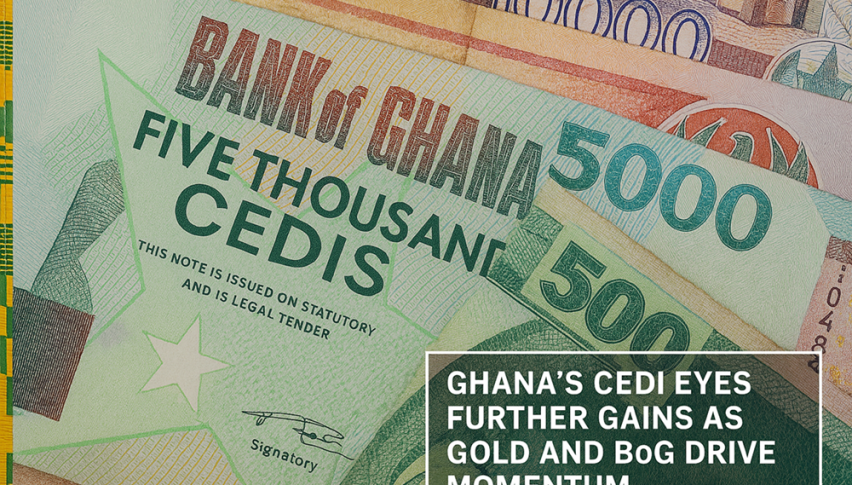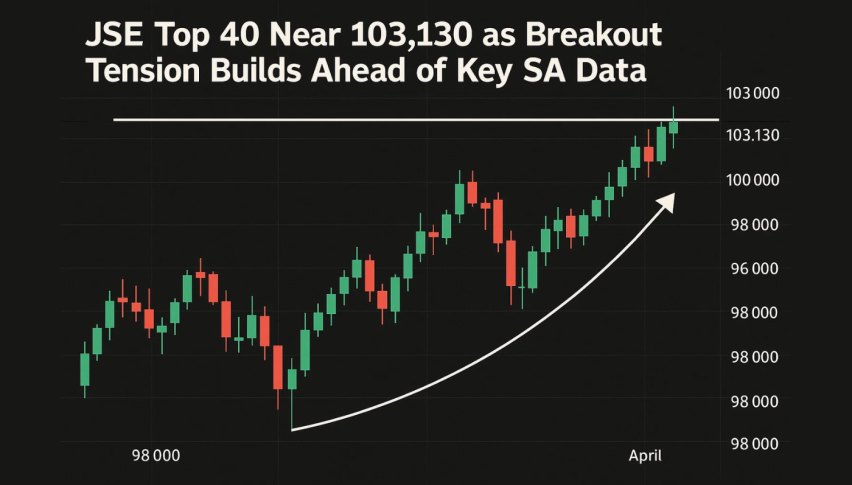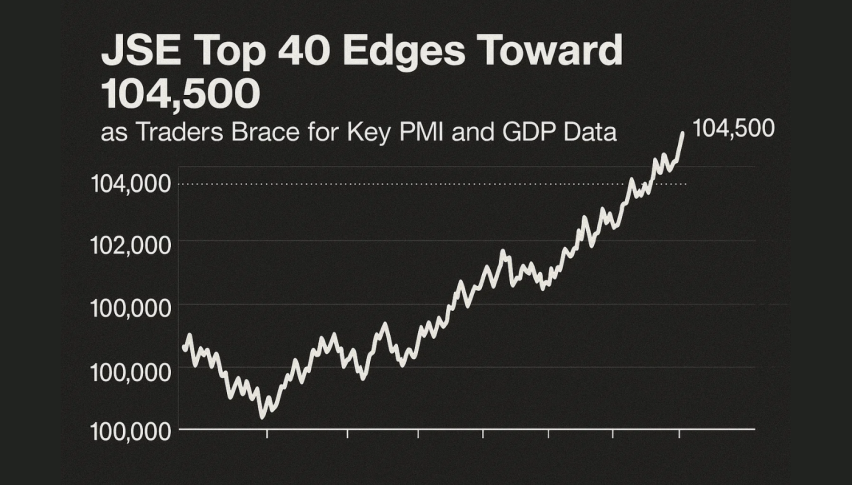Ghanaian Cedi Resumes Rally: USD to GHS Down 35%, Eyes GHC10 Soon, No Bank of Ghana Intervention
Unexpectedly, the Ghanaian cedi has recovered well in 2025 because to proactive government policies, assistance from gold-backed reserves...

Quick overview
- The Ghanaian cedi has rebounded impressively in 2025, gaining approximately 25% year-to-date after years of decline.
- This recovery is attributed to aggressive fiscal and monetary support, including a significant injection of foreign currency reserves and a strategic gold-for-reserves initiative.
- While the cedi's strength has led to lower inflation rates and reduced import costs for some goods, the benefits have not been uniformly felt, particularly in local food prices.
- The future of the cedi's gains will depend on the effectiveness of monetary policy and external economic conditions.
Unexpectedly, the Ghanaian cedi has recovered well in 2025 because to proactive government policies, assistance from gold-backed reserves, and increased investor confidence internationally.
Ghana’s Currency Reverses Course After Years of Decline
After a prolonged period of steady depreciation against the US dollar, the Ghanaian cedi has made an impressive turnaround in 2025. Once edging toward historic lows, the local currency has recently rallied with remarkable force, gaining roughly 25% year-to-date. After briefly touching record levels near GHC16.40 per dollar, the USD/GHS exchange rate has reversed dramatically, with the cedi climbing as high as GHC10.36 by mid-May before settling around GHC10.60 at the week’s close.
The shift began late in 2024, when USD/GHS dropped sharply from 16.40 to 14.60—signaling the first attempt at stabilization. While that effort was short-lived, a more sustained rally began this April, catalyzed by both domestic interventions and broader improvements in global investor sentiment.
USD/GHS Chart Weekly – The 200 SMA Is Broken
On Friday, the price action underscored the cedi’s strength, with a large bearish candlestick breaking below the 200-week simple moving average—an important technical milestone that could point to further gains.
Policy Support and Gold Reserves Power the Rally
At the heart of the cedi’s rebound is a mix of aggressive fiscal and monetary support. The Bank of Ghana injected $424.5 million into the market from its foreign currency reserves to bolster the local unit, a move that helped anchor expectations and stabilize supply. At the same time, the country’s strategic gold-for-reserves initiative has started to pay dividends—both literally and metaphorically.
By the end of April 2025, Ghana’s gold holdings had reached a substantial 31.37 tons, up significantly from prior years. This move not only strengthens the cedi by reducing demand for dollars but also discourages speculative trading and signals stronger macroeconomic stewardship.
The initiative has also deepened investor confidence, particularly as Ghana secures new agreements with nine mining companies. These deals require 20% of local gold production to be sold in cedis, while exporters must convert an equivalent portion of their forex earnings into local currency. The result has been a steady, predictable supply of dollars in the local market—giving the cedi further runway for appreciation.
Global Sentiment Adds Tailwinds
The cedi’s recovery isn’t just a local story—it’s part of a larger shift in global capital flows. A thaw in US-China trade tensions earlier this year resulted in significant tariff reductions, with some duties slashed from 145% to just 30%. This reset has triggered renewed investor appetite for emerging markets, particularly those with abundant natural resources like Ghana. The country’s status as a resource-rich frontier market has positioned it as a beneficiary of this renewed global optimism.
Inflation Eases—But Not for Everyone
While the cedi’s rally has brought macro-level gains, the benefits have yet to fully reach the average consumer. Ghana’s official inflation rate has dropped to approximately 21%, down from over 23% just a few months ago. Lower import costs—thanks to the stronger cedi—have made goods like electronics, fuel, and appliances more affordable. Some retailers have begun passing on these savings, with discounts of 10–15% seen in household goods, and petrol prices falling by as much as 8%.
But this trend is far from universal. Local food prices—especially for staple items—remain stubbornly high. This disparity has created a sense of frustration, as many households feel that the rising cedi has yet to deliver widespread relief from the cost-of-living crisis. The uneven impact underscores the complexity of inflation dynamics in developing economies, where food and basic commodities often respond more slowly to currency shifts.
What Comes Next for the Cedi?
Despite the recent surge, the outlook for the cedi will depend on the continued effectiveness of Ghana’s monetary policy and the sustainability of gold-based reserve strategies. If the Central Bank remains committed to stabilizing the currency and external conditions remain favorable, the cedi could maintain or even extend its gains. However, any reversal in investor risk appetite, or a resurgence in dollar demand, could quickly challenge the currency’s fragile momentum.
For now, the cedi’s resurgence stands as a rare bright spot in a challenging economic landscape—offering hope for further progress, but also highlighting how far there is to go before recovery is felt evenly across Ghanaian society.
- Check out our free forex signals
- Follow the top economic events on FX Leaders economic calendar
- Trade better, discover more Forex Trading Strategies
- Open a FREE Trading Account



